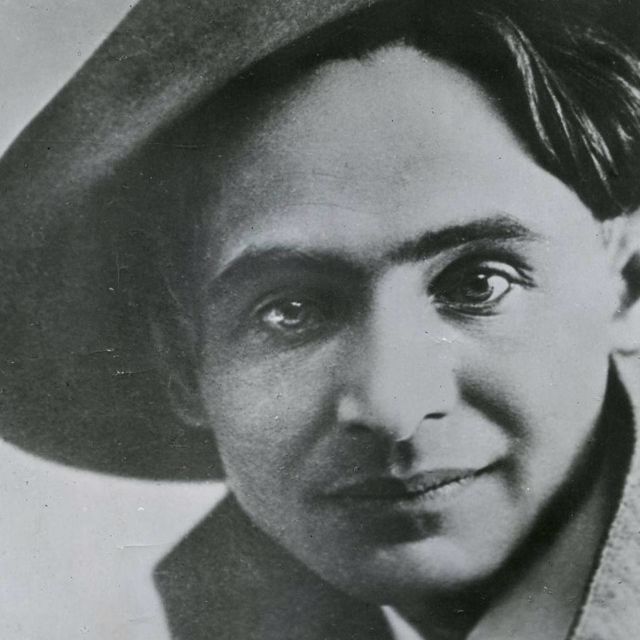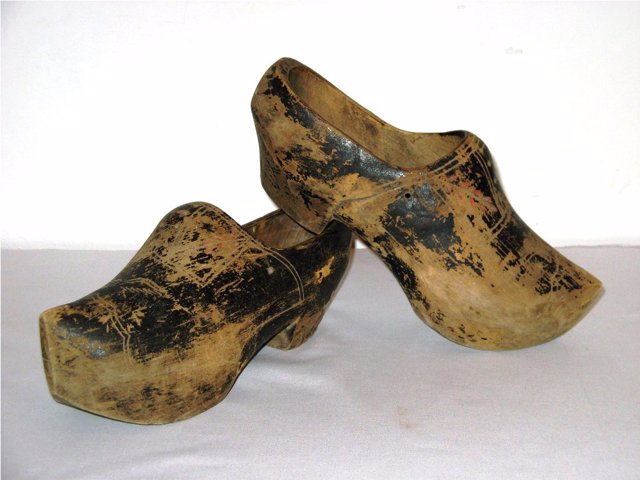Functional temporarily unavailable
General information about Sambir
The ancient Carpathian city of Sambir is located in the upper reaches of the Dniester, 75 km south-west of Lviv, 40 km north-west of Truskavets. It was first mentioned in 1241, but the original settlement (present-day Stary Sambir) existed even earlier - during excavations, Roman coins of the 4th century, tools and decorations of even earlier eras were discovered. After the city was destroyed by the Horde, the surviving residents moved to the neighboring posad Pogonich, which since 1390 has been referred to as Novy Sambir, and then simply Sambir. In the XV century. a wooden castle appeared on the site of the present Market Square, and in the 16th century. - a new royal castle south of the city center (the remains of the ramparts and the hunting lodge of King Stefan Batory survived on th ...
The ancient Carpathian city of Sambir is located in the upper reaches of the Dniester, 75 km south-west of Lviv, 40 km north-west of Truskavets. It was first mentioned in 1241, but the original settlement (present-day Stary Sambir) existed even earlier - during excavations, Roman coins of the 4th century, tools and decorations of even earlier eras were discovered. After the city was destroyed by the Horde, the surviving residents moved to the neighboring posad Pogonich, which since 1390 has been referred to as Novy Sambir, and then simply Sambir. In the XV century. a wooden castle appeared on the site of the present Market Square, and in the 16th century. - a new royal castle south of the city center (the remains of the ramparts and the hunting lodge of King Stefan Batory survived on the territory of the district hospital). The city has become a significant handicraft center. In 1604, a detachment of False Dmitry, married to the daughter of the Sambir headman E. Mnishek, Marina, set out on Muscovy from here. The city hall with a 40-meter clock tower was built in 1638-68. The Church of John the Baptist (XVI-XVII centuries) combines the features of Gothic and Renaissance. Church of St. Stanislaus (XVIII century), after restoration in 1981 - organ music hall. The relics of St. Valentine brought from Rome are kept in the Church of the Nativity of the Blessed Virgin Mary (XIX century). The Jesuit college (1756-59) has also survived. There is a memorial museum of L. Kurbas, a historical and ethnographic museum "Boykovshchina".
Старовинне прикарпатське місто Самбір розташоване у верхів'ях Дністра в 75 км на північний захід від Львова, в 40 км на північний захід від Трускавця. Вперше згадується в 1241 році, проте початкове поселення (нинішній Старий Самбір) існувало і раніше - під час розкопок виявлені римські монети IV ст., знаряддя праці та прикраси ще більш ранніх епох. Після того, як місто було знищено ординцями, вцілілі жителі перебралися в сусідній посад Погонич, який з 1390 року згадується вже як Новий Самбір, а потім просто Самбір. В XV ст. з'явився дерев'яний замок на місці нинішньої площі Ринок, а в XVI ст. - новий королівський замок на південь від центру міста (залишки фортечних валів і мисливський будиночок короля Стефана Баторія збереглися на території районної лікарні). Місто стало зна ...
Старовинне прикарпатське місто Самбір розташоване у верхів'ях Дністра в 75 км на північний захід від Львова, в 40 км на північний захід від Трускавця. Вперше згадується в 1241 році, проте початкове поселення (нинішній Старий Самбір) існувало і раніше - під час розкопок виявлені римські монети IV ст., знаряддя праці та прикраси ще більш ранніх епох. Після того, як місто було знищено ординцями, вцілілі жителі перебралися в сусідній посад Погонич, який з 1390 року згадується вже як Новий Самбір, а потім просто Самбір. В XV ст. з'явився дерев'яний замок на місці нинішньої площі Ринок, а в XVI ст. - новий королівський замок на південь від центру міста (залишки фортечних валів і мисливський будиночок короля Стефана Баторія збереглися на території районної лікарні). Місто стало значним центром ремісництва. В 1604 році звідси почав ходу на Московію загін Лжедмитрія, одруженого з донькою самбірського старости Є. Мнишека Мариною. Міська ратуша з 40-метровою годинниковою вежею була споруджена в 1638-68 рр. Костел Іоанна Хрестителя (XVI-XVII ст.) поєднує риси готики та ренесансу. Костел Св. Станіслава (XVIII ст.), після реставрації 1981 року - зал органної музики. В церкві Різдва Пресвятої Богородиці (XIX ст.) зберігаються привезені з Риму мощі Св. Валентина. Також збереглася єзуїтська колегія (1756-59 рр.). Працює меморіальний музей Л. Курбаса, історико-етнографічний музей "Бойківщина".
Сплануй своє перебування у Sambir
What to see and where to go in Sambir
Tourist attractions and museums of Sambir

Art Museum named after Les Kurbas
Museum / gallery
The Les Kurbas Memorial Museum in Sambor was opened in 1993 in the building where the future actor and director was born in 1887. Kurbas was the founder of the National Western Ukrainian Theater School and the creator of the famous theater-academy "Berezil". The museum's collection includes 5,594 items: a bust of L. Kurbas by the sculptor M. Posikira, a bas-relief board by the sculptor E. Mysko, paintings by M. Yaremkiv, S. Muryash, L. Frintsko and others. Selections of theatrical photographs, embroidered napkins, etc. are presented.

Boykivshchyna Historical and Ethnographic Museum
Museum / gallery
The first museum of the Boykivshchyna Society in Sambir was organized in 1927 and is dedicated to the history and culture of the natives of the Boykiv region, whose informal capital is considered to be Sambir. In Soviet times, the museum was closed. It was restored in 1990 as the Boykivshchyna Historical and Ethnographic Museum. Located in the former building of the parish school, built in 1679 on the foundations of the sixteenth century. Permanent exhibitions: "Material and economic culture of the Boyks", "The Kozakevich Family" (one of the oldest Sambir families), "The struggle for Ukrainian statehood in the Sambir and Boykiv regions". There are master classes on painting Easter eggs.
Reviews Sambir
Geographical information about Sambir
| {{itemKey}} | {{itemValue}} |
|---|---|
| Region |
Lviv |


